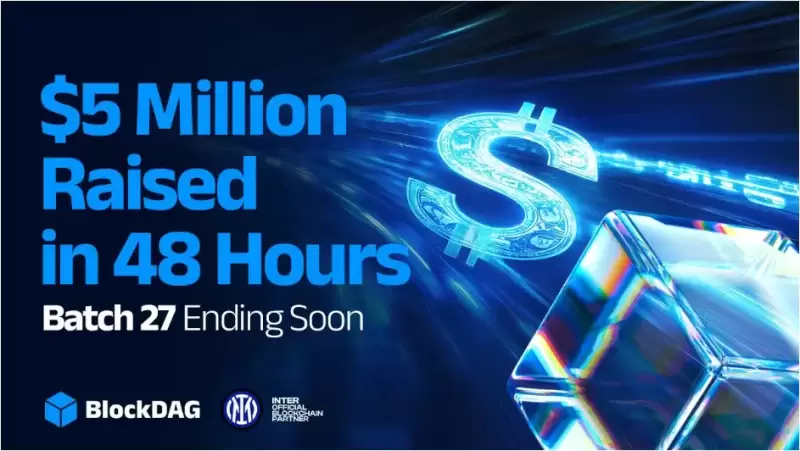 |
|
 |
|
 |
|
 |
|
 |
|
 |
|
 |
|
 |
|
 |
|
 |
|
 |
|
 |
|
 |
|
 |
|
 |
|
Cryptocurrency News Articles
Charles Hoskinson Hints at Legal Action Against Wyoming Stable Token Commission
Nov 27, 2024 at 11:23 pm
Charles Hoskinson, the founder of Cardano, has suggested that blockchain firms excluded from Wyoming's stablecoin initiative might pursue legal action

Cardano founder Charles Hoskinson has hinted at the possibility of legal action against the Wyoming Stable Token Commission, alleging that the body may have failed to apply fair and transparent selection criteria when determining which blockchain protocols would participate in the project.
In a recent video update, Hoskinson disclosed an email he received from the Commission, which listed the protocols chosen for the stablecoin project. He expressed confusion over the inclusion of certain blockchains, particularly Stellar, and questioned why well-established protocols such as XRP and ADA were excluded.
“I don’t understand how Stellar got picked over XRP or ADA, to be quite honest. Maybe somebody can explain that to me,” Hoskinson said.
Drawing comparisons, Hoskinson noted XRP’s market dominance, highlighting its $82 billion market capitalization and $11 billion daily trading volume. By contrast, Stellar’s metrics stand at a $14.7 billion market cap with $3.8 billion daily trading volume.
According to Hoskinson, the Commission’s decision-making process appeared to lack transparency and failed to consider the technical capabilities and market impact of blockchains excluded.
“I don’t think the criteria were applied fairly or transparently, and I think there’s a lot of people that are going to be very upset about this, and I think they should be,” he added.
Hoskinson also raised concerns about potential conflicts of interest within the Commission, specifically pointing to its Executive Director (ED). He noted the ED’s prior affiliations with ConsenSys and the Polygon ecosystem, suggesting these ties may have influenced the selection process.
“The ED of the Wyoming Stable Token Commission worked at ConsenSys and Polygon. ConsenSys has had a historically poor relationship with Ripple,” Hoskinson stated, implying that this dynamic could have negatively impacted XRP’s evaluation.
Several other prominent blockchains, including Algorand, Tezos, and Aptos, were also excluded from the project. According to Hoskinson, the Commission did not offer these protocols the opportunity to present their Proof-of-Concept, further calling into question the fairness of the selection process.
“They didn’t even give the protocols the chance to present their Proof-of-Concept, like Algorand, Tezos, Aptos, and others. I don’t think that’s fair at all,” he said.
The announcement of the Commission’s selected protocols coincided with a period of declining performance in the cryptocurrency market.
While no direct link has been established between the decision and market conditions, XRP and ADA have experienced notable price drops. XRP has fallen over 10% from a recent peak, while ADA has declined by 17% over the same timeframe.
The exclusion of XRP, ADA, and other major protocols has sparked debate within the crypto community about the criteria used to assess the suitability of blockchain networks for government-backed projects.
Hoskinson’s suggestion of legal action underscores the growing dissatisfaction among stakeholders, who argue that greater transparency and inclusivity are essential in such initiatives.
Disclaimer:info@kdj.com
The information provided is not trading advice. kdj.com does not assume any responsibility for any investments made based on the information provided in this article. Cryptocurrencies are highly volatile and it is highly recommended that you invest with caution after thorough research!
If you believe that the content used on this website infringes your copyright, please contact us immediately (info@kdj.com) and we will delete it promptly.




























































![Bitcoin [BTC] Exchange Outflows Spike as Over 20,000 BTC Move to Market Bitcoin [BTC] Exchange Outflows Spike as Over 20,000 BTC Move to Market](/uploads/2025/04/03/cryptocurrencies-news/articles/bitcoin-btc-exchange-outflows-spike-btc-move-market/middle_800_480.webp)